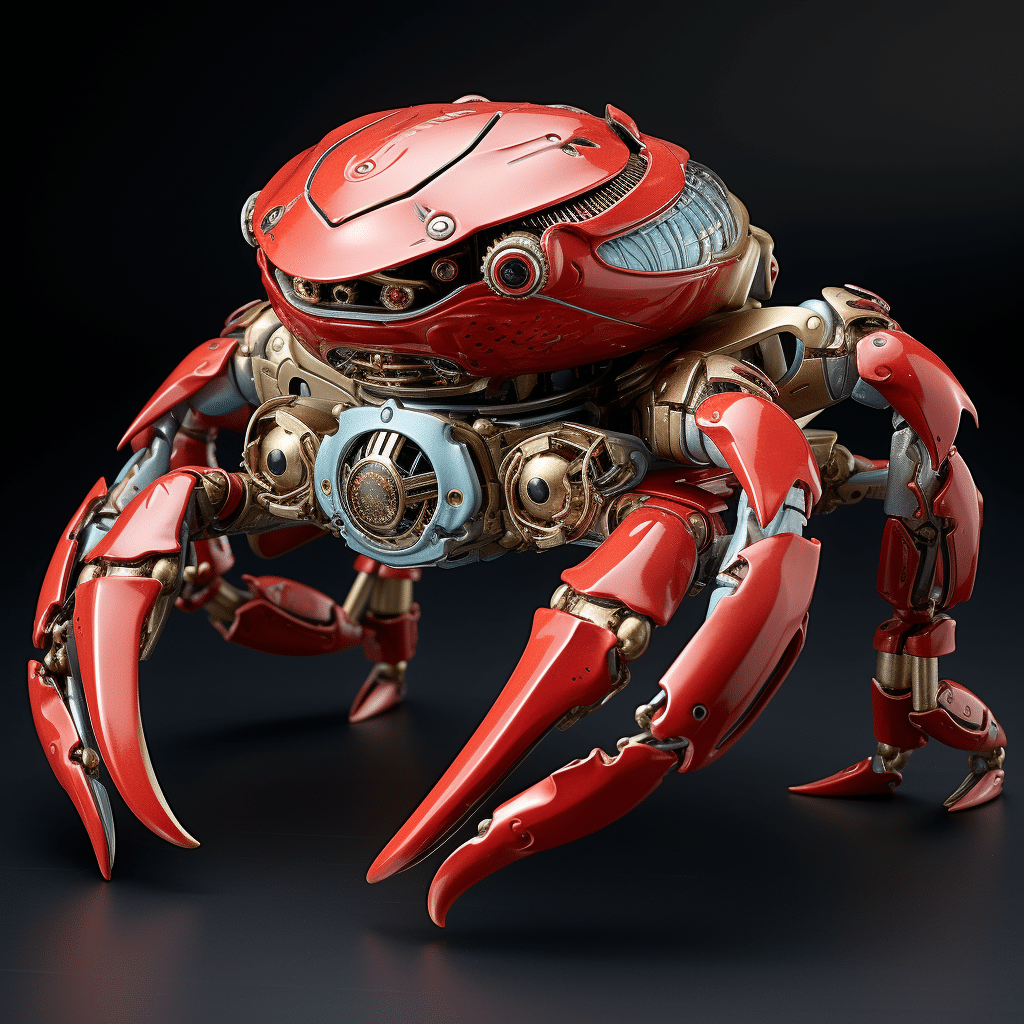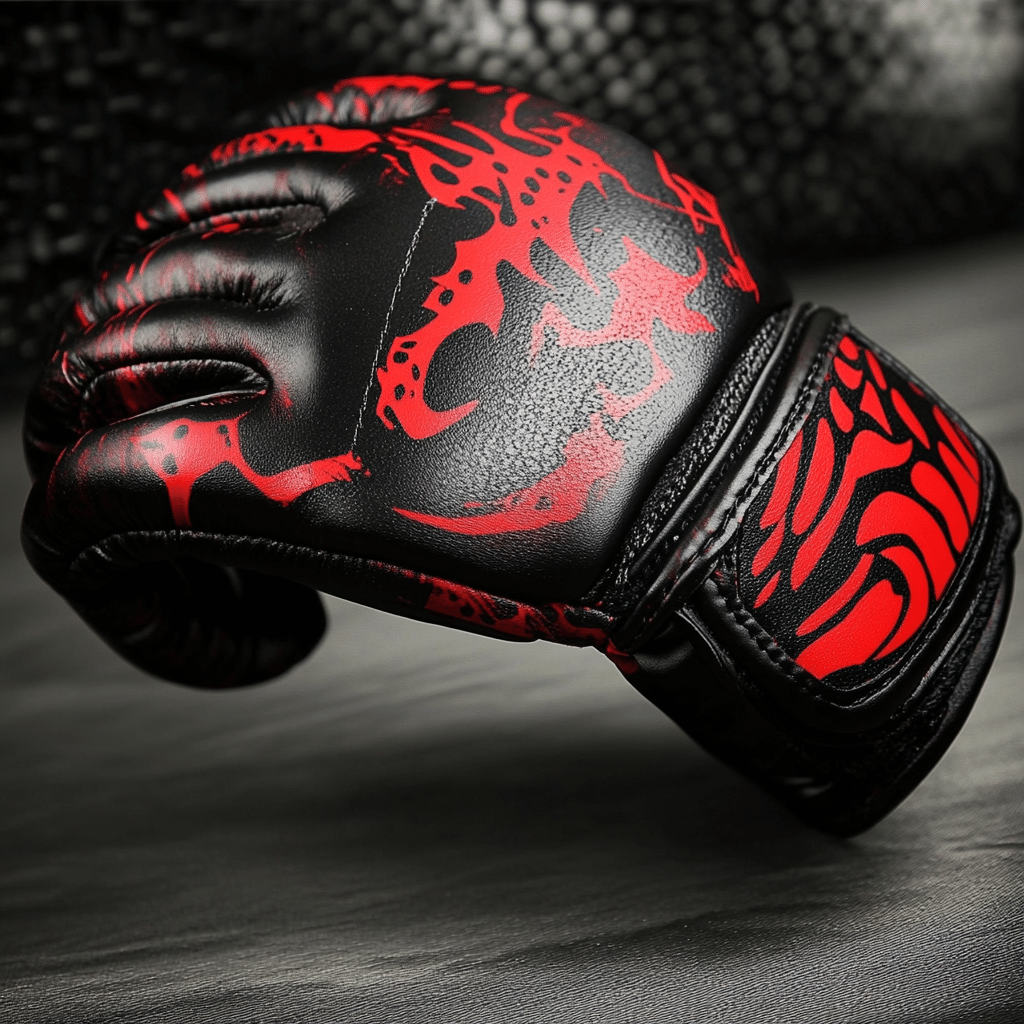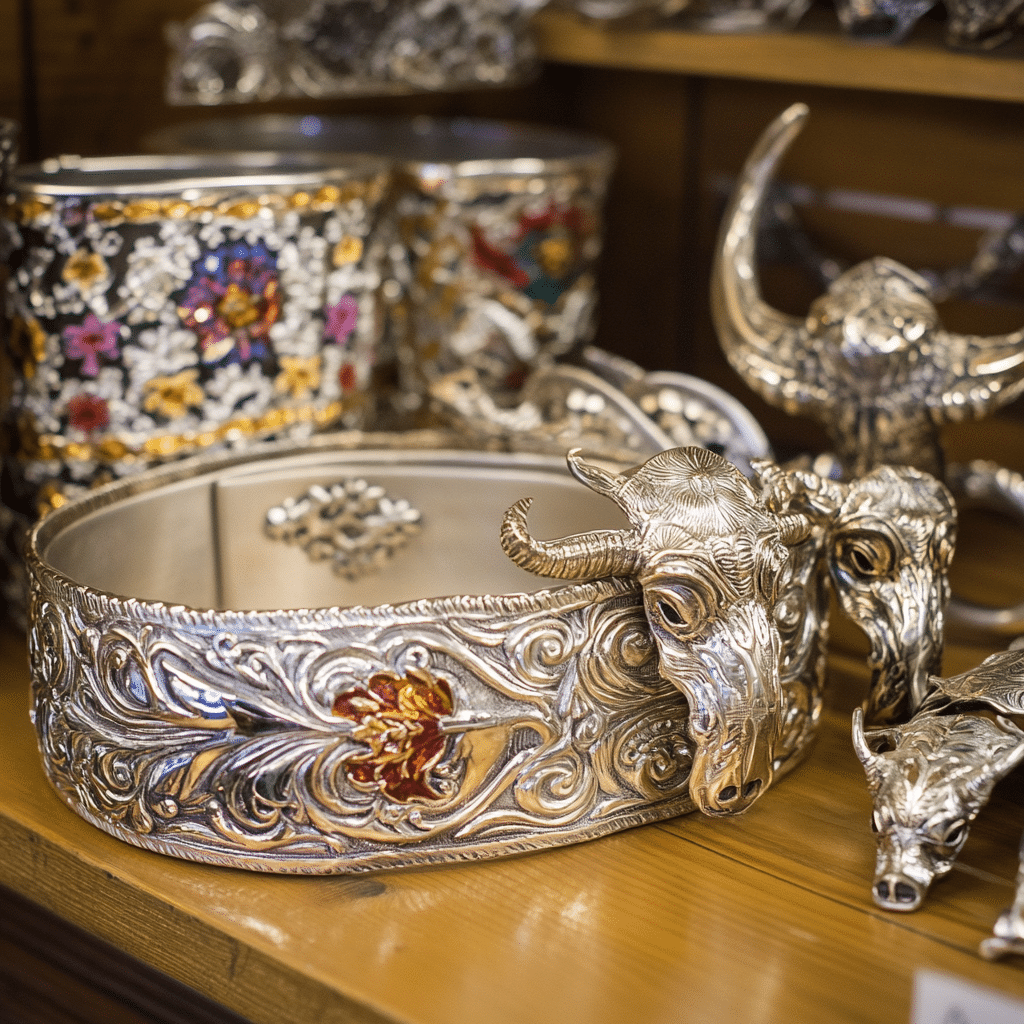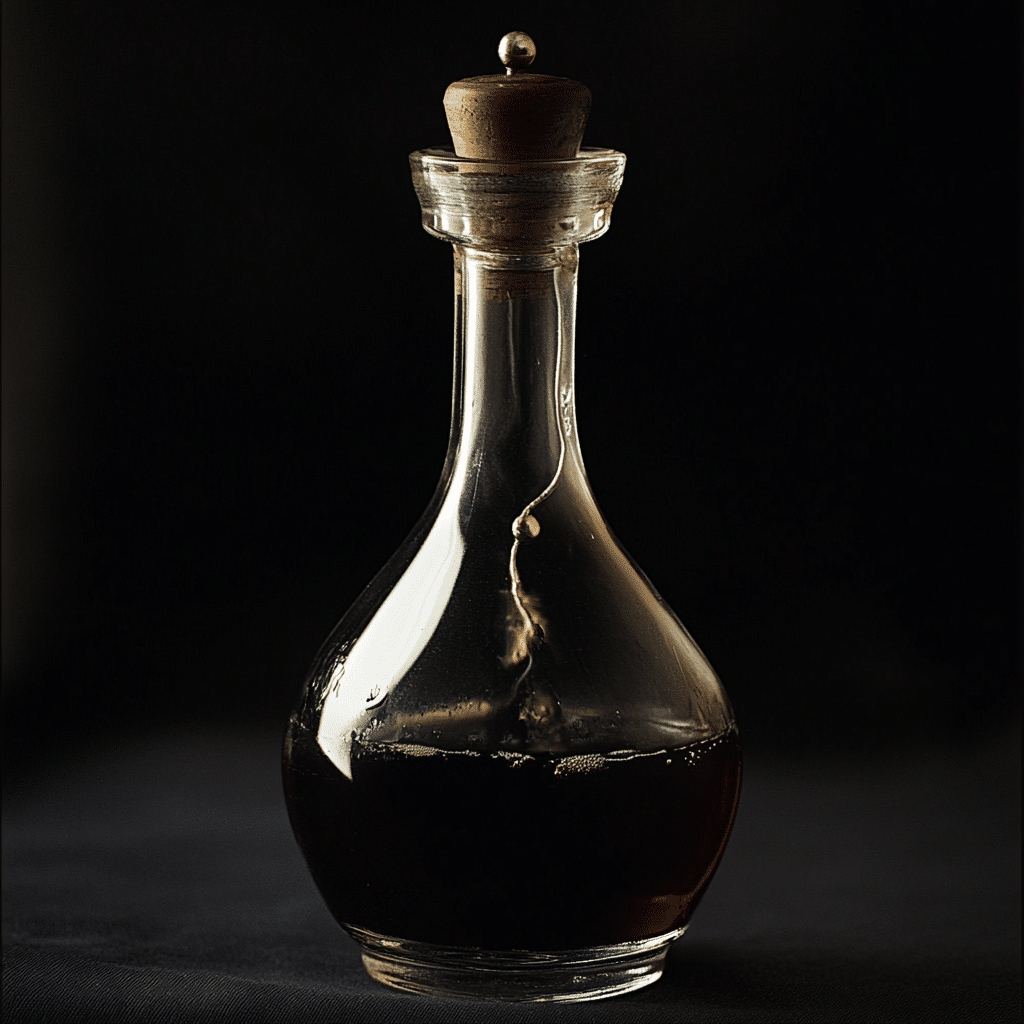When you step into a sushi restaurant or browse through your local grocery’s seafood aisle, you’ve likely come across a food product called imitation crab. Ever wondered what’s the mystery behind this faux-crab? Whether it buzzes contrarily to your taste bud or tickles your culinary inclination, understanding the blueprint of this product and the industry behind it is intriguing. This article unveils the rise, evolution, nutritional scoreboard, impact on the seafood market, cultural influence, and future potential of imitation crab.
The Rise and Evolution of Imitation Crab
Imitation crab, a stand-in for the real deal, is not a remnant from modern-industrialization. This uncanny creation dates back to the 1970s originating in Japan, kicking off the industry of surimi, a fish paste often used as a base for it. Necessity was the mother of invention due to the rising costs of real crab meat yet an undying craving for it. Now, fast forward a few decades, surimi exhibits a global footprint, thanks to the wonderful complexities of globalization.
Back in the day before the iPhone came about and you called someone on a bag phone, the idea of imitation crab might have sounded fishy. To the puritans, it might have felt like an illusion, much like the ones you discover at Illusions. But, hey, this is 2024; the world has witnessed more innovations in the food industry than we could ever have imagined!
The Inner Workings: What is Imitation Crab Made Of?

Now to the heart of the matter, or should I say, the meat? So, if imitation crab isn’t precisely, well, crab, what’s it made out of? Industry insiders prefer the term “engineered seafood” to describe the process. Predominantly, imitation crab is churned using surimi, a paste made from finely pulverized fish, often Alaskan pollock or pacific whiting.
But the process doesn’t stop there. Manufacturers add artificial flavoring, starch, sodium, and MSG to this paste, shaping it to imitate crab’s delicate flesh. A fascinating process, don’t you think? In contrast, real crab’s flavor is derived naturally, giving it a unique taste and texture that despite these efforts can’t truly be replicated.

| Subject | Details |
|---|---|
| What is Imitation Crab? | Imitation crab is not actual crab, but a mock crab. It is predominantly made with surimi, a paste of finely shredded or pulverized fish, shaped to resemble crab meat. Other ingredients like starch, sodium, and MSG are added to enhance flavor. |
| Is it suitable for all diets? | Imitation crab is considered pescatarian, but not vegetarian or vegan. It also contains a small amount of shellfish, making it unsafe for people with related allergies. However, it is safe to eat during pregnancy due its low mercury content, in moderate amounts (two or three servings per week). |
| Health Risks | There’s an increased risk of food safety and allergy issues with imitation crab. Surimi manufacturers sometimes don’t list the ingredients accurately, resulting in potential seafood illnesses like ciguatera poisoning. Consuming only occasionally is recommended. |
| How does it taste compared to real crab? | Imitation crab is duller, saltier, and features a denser, more rubbery texture compared to real crab, which is bright, fresh, sweet-tasting, and flaky. |
| Price Difference | Imitation crab was designed as a low-cost alternative to high-priced real crab meat. The significantly reduced price is one of its main distinguishing features. |
| Nutrition Facts (per 85g serving) | Calories: 80.8, Protein: 6.48g. While it contains some protein, it’s less nutritious overall due to being highly processed. |
The Nutritional Scoreboard: Is Imitation Crab Healthy?
“Is imitation crab healthy?” you ask. Like any other prepared foodstuff, its healthfulness lies in moderation. An 85g serving contains roughly 80.8 kcals and 6.48g of protein. Sounds not too bad, right? Moreover, it’s considered pescatarian, but isn’t vegetarian nor vegan, and it’s even pregnancy-safe in reasonable amounts.
But hold your horses. Factoring in the added sodium, starch, and artificial flavors might give you pause. Also, for those with shellfish allergy, caution is advised since imitation crab contains extracts of real crab and lobster. So, before indulging too heavily into this pseudo-crustacean delight, maybe we should line up a chat with a nutritional expert after learning How To properly meditate for some inner peace.
Impact on the Global Seafood Market: Imitation Crab vs. Real Crab
The introduction and growth of imitation crab have undeniable economic implications. It emerged as a cost-effective way of enjoying a crab-like taste, providing a low-cost alternative to high-priced crab meat. The affordability has everlasting implications on the annual income of fish mongers, which you can decipher on annual income meaning.
It’s a catch-22 for the fishing industry. Imitation crab is both a bane and a boon: promising sustainability by reducing the demand for actual crabs yet causing an incongruous effect on the global consumption data between real and faux crab meat. It’s a modern-day paradox, folks!

The Cultural Influence and Reaction to Imitation Crab
Imitation crab has marked its presence across various cultures, especially those with a penchant for seafood and sushi. Its affordability and accessibility have made it a staple in many households and catering establishments. But this lack of authenticity does not go unnoticed.
Many chefs find the texture denser, and the taste duller and saltier compared to the naturally sweet-tasting, fresh, and flaky real crab. Like sending the wrong message, some wish they could Unsend this imposter food, while others embrace its potential. It’s no illusion folks, it’s just another chapter in our ever-evolving relationship with food!
The Introspective Finale: Rethinking Imitation Crab
The legacy and acceptance of this crab lookalike as a culinary fixture trigger broader implications about our evolving food choices and industry. If you’re feeling a bit blocked after digesting all this, don’t worry, it’s not like figuring out How To know If someone blocked Your number.
The industry’s future hinges not just on the culinary acceptance, but also on improved labeling and transparency around its production and ingredients, something it has struggled with.
As an imitation of the real deal, its role in today’s seafood market is substantial and worth pondering. What if the real value of imitation crab lies not in its resemblance with crab meat, but in its own unique place in our evolving food panorama?
Don your thinking hats, for this imitation crab saga exudes food for thought, loading us with essential questions and considerations that require our attention in the future. Galloping ahead, we ought to grapple with these thought-provoking subjects, shape our perceptions, and perhaps, reshape the culinary world!
Can vegetarians eat imitation crab?
Well, vegetarians might want to steer clear of imitation crab. While it’s true that it’s not actual crab, it’s usually made from processed fish, known as surimi, and sometimes includes crab flavoring, making it a no-no for vegetarians.
What is the difference between imitation crab and real crab?
Imitation crab and real crab are different in many ways, folks! Yes siree, while real crab is a natural product straight from the sea, imitation crab is a manufactured product, a composite of various types of fish, combined with artificial flavors, starches and colorings to give it that crab-like vibe.
Can I eat imitation crab if I’m allergic to shellfish?
Whoa, hold your horses there! If you’re allergic to shellfish, you shouldn’t gamble with imitation crab. Despite being mostly made from white fish, some versions can contain small amounts of crab meat, and cross-contamination during production is also a reality, so better safe than sorry.
Does imitation crab have mercury?
While the level of mercury in seafood can be quite a concern, rest easy knowing that imitation crab isn’t a major source. In fact, it’s typically made from fish that are low on the food chain, and these creatures usually have less mercury. So, pretty low risk there!
Is imitation crab meat OK for vegans?
Uh-oh, vegans! I’m afraid imitation crab isn’t on the menu. It’s made from a bevy of fishes and possibly crab, thus making it a product of animal origin.
What is actually in imitation crab meat?
Now, the mystery called imitation crab is simply a fish-based product. It’s typically fashioned from white fish which is chewed up and flavoured to mimic the taste of crab. Throw in some additives, starches and colorings and there you have it!
Why is imitation crab so good?
Imitation crab’s popularity is thanks to its sweet flavor, juicy texture, and in spite of being a cheap knock-off, it does a decent job of mimicking the flavor of pricier crab meat. Not to mention, it’s super versatile.
Can you eat imitation crab raw?
From sushi to salads, you’re all good to eat imitation crab raw. You heard right! It’s essentially pre-cooked and reformed fish meat that’s safe to consume straight from the package.
What kind of fish is surimi?
The foundation of imitation crab is fish called surimi, which can come from a variety of white fishes like Alaskan pollock, Pacific whiting or Nile Perch.
Why do I feel sick after eating imitation crab meat?
Feeling queasy after eating imitation crab? It could be due to food allergies, food intolerance, or potentially low-quality or spoiled product. Always stay on the side of caution, will ya?
Why am I allergic to shrimp but not lobster?
Weird, isn’t it? The thing is, shrimp and lobster contain different types of protein making it possible for folks to be allergic to one and not the other. Bodies can be strange, hey?
Why am I suddenly allergic to shellfish?
Suddenly allergic to shellfish? Well, welcome to adulthood! I kid, but seriously, adults can develop new allergies, even to foods they’ve happily munched on before. Blame it on your immune system acting all finicky.
Is imitation crab an inflammatory food?
Despite its fishy base, you might want to avoid imitation crab if you’re trying to steer clear of inflammatory foods. Often filled with nutritive additives and high sodium, it may rank as a potential inflammatory culprit.
When should you not eat imitation crab?
You should avoid eating imitation crab if you’re allergic to shellfish, following a plant-based diet, monitoring your sodium intake, or the product appears spoiled. Practice safe eating, folks!
How long is imitation crab safe to eat?
Careful there, mate! While its shelf life depends on many factors, imitation crab kept in a refrigerator usually lasts up to five days after opening. Any longer than that, and you may be rolling the food poisoning dice.
What is vegetarian imitation crab made of?
Vegetarian imitation crab can be made from a variety of plant proteins and flavored to give that ocean-like buzz. Check the label just to be sure!
Is there imitation crab with no crab?
Actually, yes! “Vegan crab” products do exist that use plant-based ingredients, instead of any kind of animal products. How’s that for a miracle of modern food science?
Can you eat sushi as a vegetarian?
Believe it or not, vegetarian sushi is more than a fable! There are countless sushi fillings that are perfectly suited to a vegetarian diet such as veggies, tofu, eggs, and even some tasty fruits.
What do vegetarians eat instead of meat?
And as our veggie friends like to say, variety is the spice of life! Instead of meat, vegetarians can feast on a cornucopia of plant proteins like legumes, tofu, and seitan, many grains, nuts, and seeds, and even a generous array of fruits and veggies. Who needs meat, anyway?





















